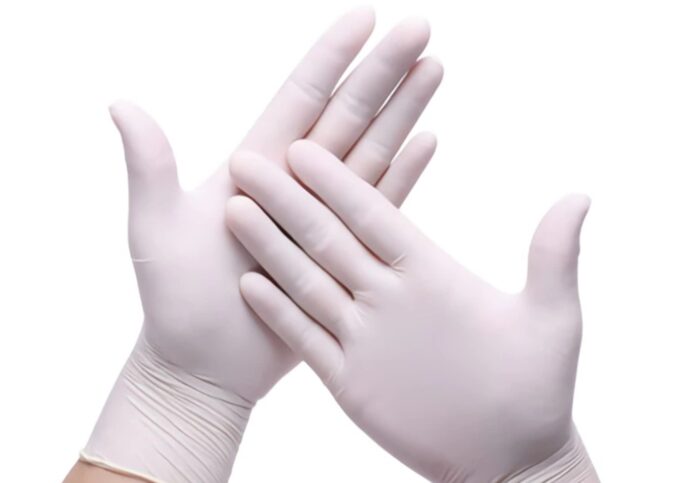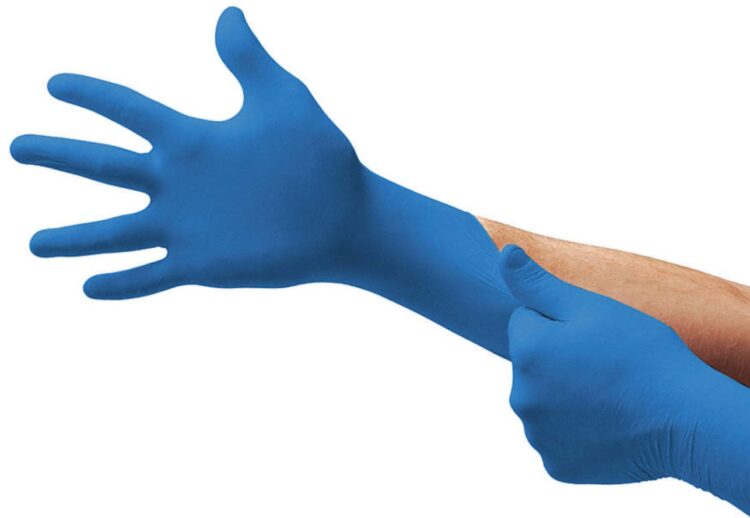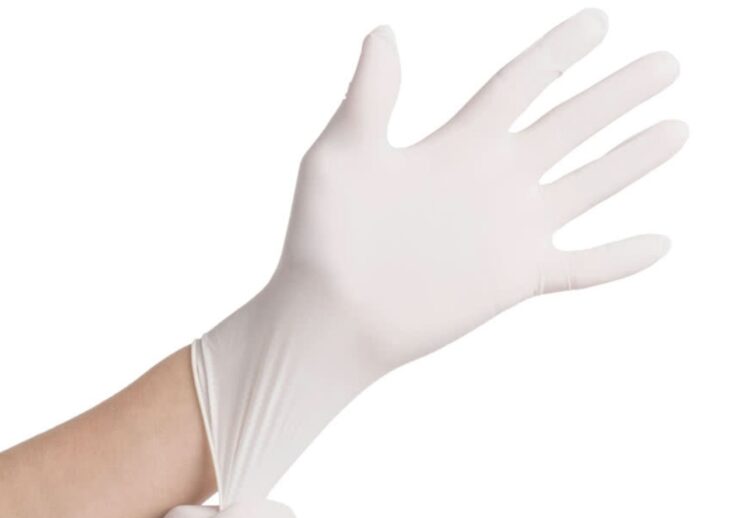
With a wide variety of options in the market, choosing between protective gloves is not an easy task. Apart from the many available materials, the surface-level similarities also make it difficult to find the perfect fit for your needs.
This is especially true if you are shopping for this critical personal protective equipment (PPE) for the first time. While all popular materials hold some differences between them, they mostly look like the same item with different colors.
Take latex vs. nitrile, for instance. Both of these materials hold a distinct reputation in healthcare settings. But while some put an emphasis on latex, others speak in favor of nitrile. This makes it tricky for you to make an informed decision, and pick a PPE that helps you accomplish your tasks with ease.
To make this selection process simpler for you, here’s a guide on the common differences between these gloves, read now.
Nitrile Gloves Do Not Cause Allergies

The biggest difference between these types of gloves is the origin of their base material.
Nitrile is a synthetic rubber that is made from two polymers called acrylonitrile and butadiene. In comparison, the first is a natural rubber that is derived out of the rubber tree. Before you jump to conclusions, this is one instance where being natural doesn’t automatically make the material superior.
It is because the natural composition of it can sometimes create an allergic response upon contact with human skin. This can range from minute issues such as itching to life-threatening results such as anaphylactic shock. That is why it can be deadly for those who have an allergy to it. It is even more problematic for those who aren’t aware of their allergy.
This has more repercussions when it comes to contact through a third party. For instance, when a healthcare professional uses these gloves, it can be potentially life-threatening for patients who are either not aware of their allergies or cannot mention them due to their condition.
This scenario also holds true for other professionals such as tattoo artists, who maintain close contact with their clients that sometimes don’t know about their allergies.
Additionally, some latex gloves also use starch powder to make them easy to slide onto hands. This powder can also trigger allergies. As a result, more and more professionals that use PPE for close contact tasks prefer using nitrile gloves instead.
Nitrile Is a Stronger Material

Both materials provide protection against viruses and pathogens. However, the similarities of their durability end here. While being a stretchier material, latex doesn’t offer the same level of durability that nitrile provides to the wearer.
Due to its polymer composition, nitrile is a tough material that is resistant to tears, punctures, and abrasions. This means that it can easily withhold constant exposure to pointy objects such as surgical tools. On the other hand, latex can tear quite easily and doesn’t hold its own against common punctures.
Nitrile also surpasses latex in terms of substance resistance. Both of the materials can protect your hands against common body fluids such as blood. However, the first can start degenerating upon contact with oils while nitrile remains unaffected. Nitrile can also sustain exposure to many chemicals, while the other cannot offer the same level of protection.
This makes latex gloves ideal for medical laboratory settings where biological samples are handled in a careful way. However, when you put them in a setting where chemicals are involved, they don’t offer any protection to the wearer.
On the other hand, nitrile gloves can perform well in the laboratory as well as field settings without any problems. Apart from healthcare, they can also be used in a variety of industries such as the food and construction sectors.
Latex Is Known for Improving Dexterity

Out of the two materials, the first is better known for its flexibility. While the gloves seem lumpy on their own, they cling to your skin in a way that they create a seamless layer against your hands.
This improves your dexterity even while wearing this essential PPE. As a result, you can easily carry out difficult tasks that require significant tactile ability. On the other hand, gloves made from nitrile also have a stretchy feel to them. But their flexibility falls a little short of what latex brings to the table.
That is why surgeons and healthcare professionals often have differing opinions on whether to use this or that as their preferred material in surgical gloves. Some experts prefer to go with latex and choose to ask their patients about their allergies to the material. Whereas, others prioritize safety over everything else and stick to nitrile gloves.
Since elective surgeries or pre-planned procedures have the option of extensive inquiries and tests, going with latex is a better option for professionals in relevant branches. In comparison, nitrile is chosen by professionals such as emergency medical technicians (EMTs) who have to administer help without wasting a moment.
But not all professionals that need dexterity automatically prefer latex gloves. For instance, most tattoo artists prefer nitrile despite its slight compromise on tactical ability. It’s mainly due to the material’s resistance to common punctures and abrasions, which allows them to keep wearing the same gloves through a single session.
Which One Is the Better Choice?

While latex provides more elasticity, nitrile goes above and beyond in terms of performance and protection.
As opposed to the first type of gloves that can break down with constant exposure or slight punctures, nitrile’s durability ensures long-lasting use even in demanding settings.
As a result, those who choose nitrile for their day to day applications enjoy an elevated peace of mind that doesn’t come with latex usage. Nitrile wearers can rest assured in the thought that even if they end up wearing their gloves for hours on end, any spillage of chemicals or organic fluids wouldn’t seep in through punctured or torn material.
The lack of allergies also works in nitrile’s favor and makes it stand out as the preferred choice in medical examinations and common procedures. This also gives wearers the comfort that they will not find out about their latex allergies as a bad surprise.
Overall, nitrile can deliver better performance, increased safety, and long-lasting usage than latex. But the final decision depends upon your specific setting and use case.











